The University of Minnesota is considering removing the name of Nicholson Hall, named after former Dean of Students Edward E. Nicholson, who secretly surveilled students and faculty and oversaw the repression of open debate on campus in the early twentieth century.
The request to revoke the building’s name was sent to Interim President Jeff Ettinger last fall from present and past directors of the Center for Jewish Studies.
According to that request, the actions of Nicholson, who served as dean from 1917 to 1941, undermined the University’s goals of educational equality and intellectual openness by repressing free expression and open debate on campus and punishing students who sought civil liberties.
Any decision to revoke a University building’s honorary name starts with a request to the president of the University, who decides whether it should be sent to the All-University Honors Committee (AUHC), which then sends it off to the Namings and Renamings Work Group (NRWG) to deliberate a recommendation to the AUHC.
The AUHC is responsible for reviewing and recommending nominations for University honors, including the naming of buildings on campus, according to their webpage.
As part of the process, public comments from the University community can be submitted to the AUHC until 5 p.m. on March 18. According to Timothy Johnson, the current chair of the AUHC, the committee had received 323 comments as of Thursday.
“In the end, we just wanted to make sure, as well, that all the people had their say,” Johnson said. “That this was not a decision that was made by a small group of people, that we’re considering all input.”
The decision is a community decision, Johnson said. The committee debated whether to include the entire state but limited it to the University community due to resource constraints.
Mark Distefano, the current chair of the NRWG, which discusses potential issues like the revocation of a building’s honorific naming and makes recommendations to the AUHC, said while the public comments will be considered in the decision, the final decision will be made in accordance with the criteria outlined by the Board of Regents policy on renamings and revocation.
The Board policy requires any recommendation to revoke a naming to advance the University’s mission and guiding principles. The University’s mission, laid out in the Board’s policy, is to advance the learning and search for truth, share this knowledge in a diverse community through education and apply it to benefit people around the world.
According to the policy, one specific factor for a renaming or revocation request is whether the behavior of the individual after whom a University asset is named is inconsistent with the University’s mission or jeopardizes its integrity.
“We have to balance, you know, when we read the comments, we have to see how those fit into the criteria that the Board of Regents has set forth,” Distefano said.
Riv-Ellen Prell, a former director of the Center for Jewish Studies, is responsible for the research supporting the request. Prell, a retired professor of American Studies, said that while repression of student life was common in the 1930s, Nicholson stands out as an exceptional figure.
“I have never found a figure who worked not just to answer questions, but worked as actively with surveillance organizations as Nicholson did,” Prell said. “What I found in Minnesota was how extensive surveillance organizations were and how actively the dean of students was involved in it.”
According to Prell, Nicholson was part of a large surveillance effort from the 1920s and into the early 1940s that was anti-labor and anti-civil liberties. Prell said there were no documents that outlined spying as part of his position. Instead, Nicholson did this on his own.
Prell said not only would his actions be unacceptable today, but they were viewed as unacceptable in his time as well.
“He stopped being dean in 1941, so of course they appointed a committee to say, what should a dean of students be doing,” Prell said. “There is a confidential memo to the president that says, ‘His approach to students is not appropriate. We do not want to continue it. He was about punishment. That is not how to serve students.’”
Prell disagreed with those who said revoking Nicholson’s name from the building is an erasure of history.
“As a person who has devoted 40 years of my life to doing historical research, I completely reject any effort at erasing history,” Prell said. “This is not an erasure. If they choose to take Nicholson’s name off the building, I very much hope there will be a section about him and who he was.”
The AUHC is expected to have their recommendation submitted to the president by April. The president is expected to have a recommendation for the Board of Regents for their meeting in May, and the decision will be voted on during their June meeting.


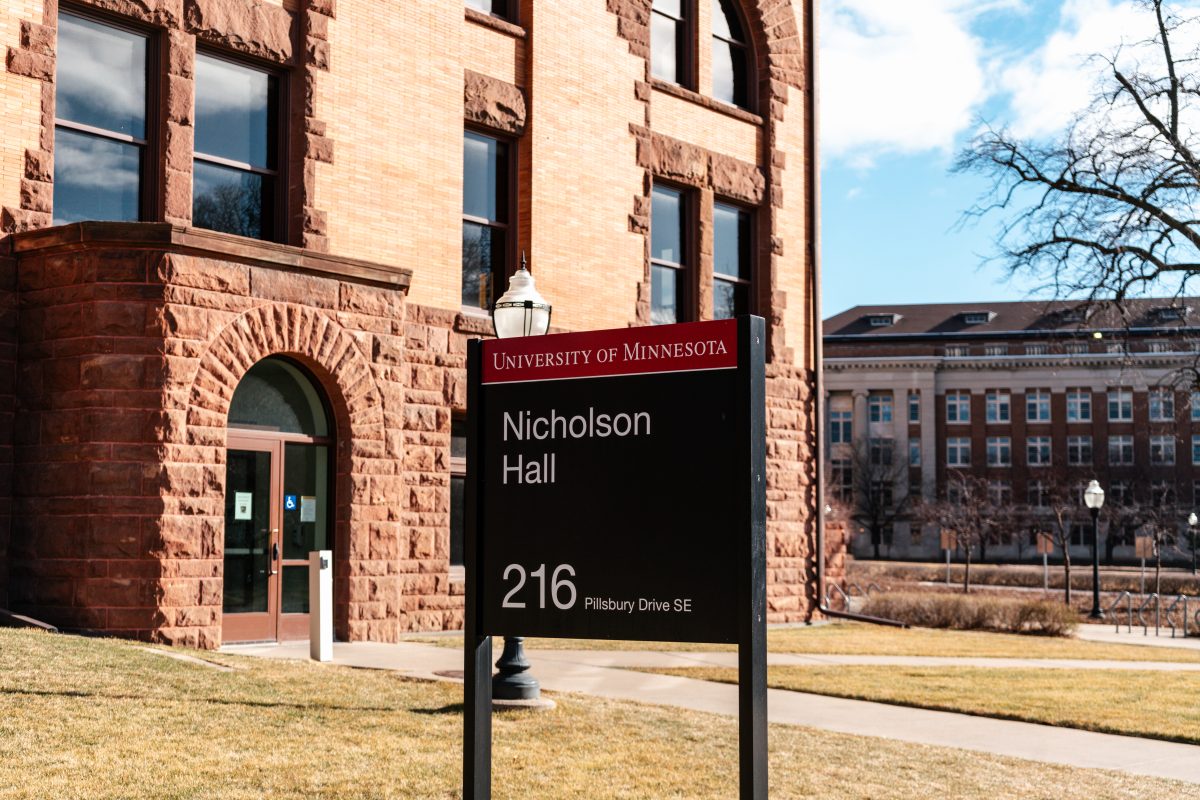


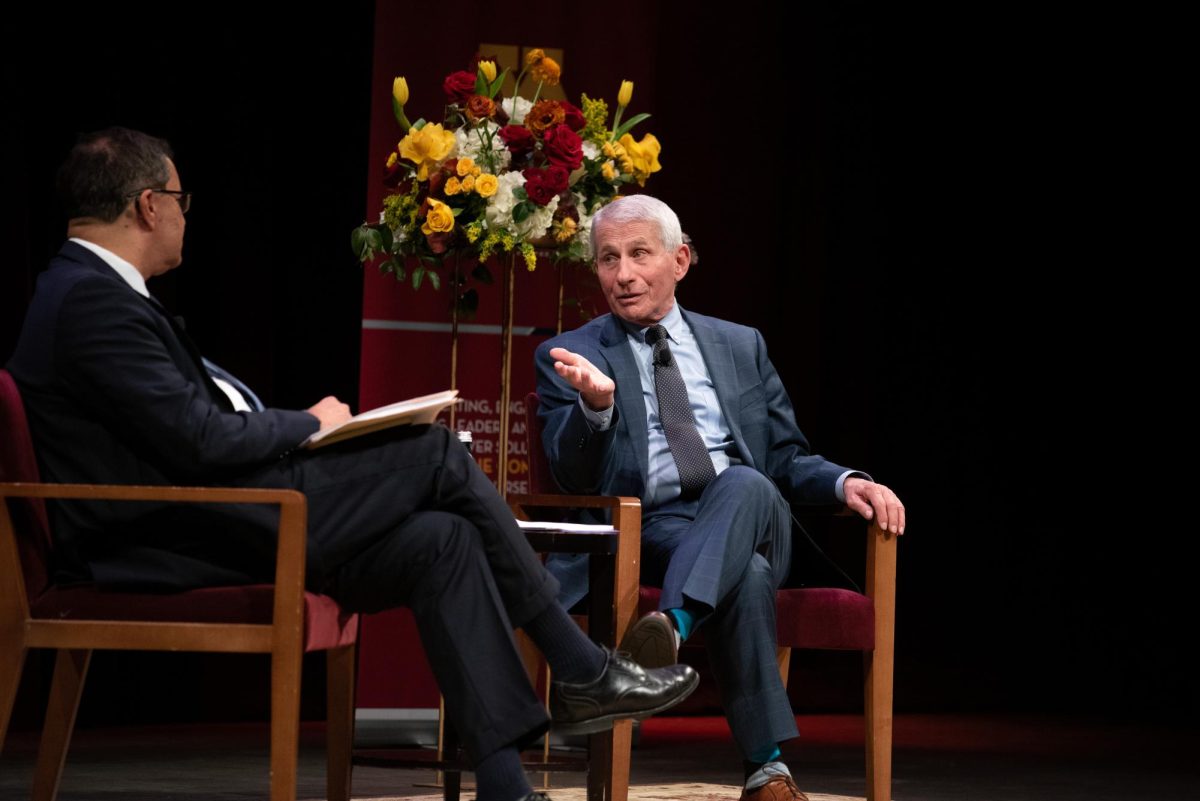






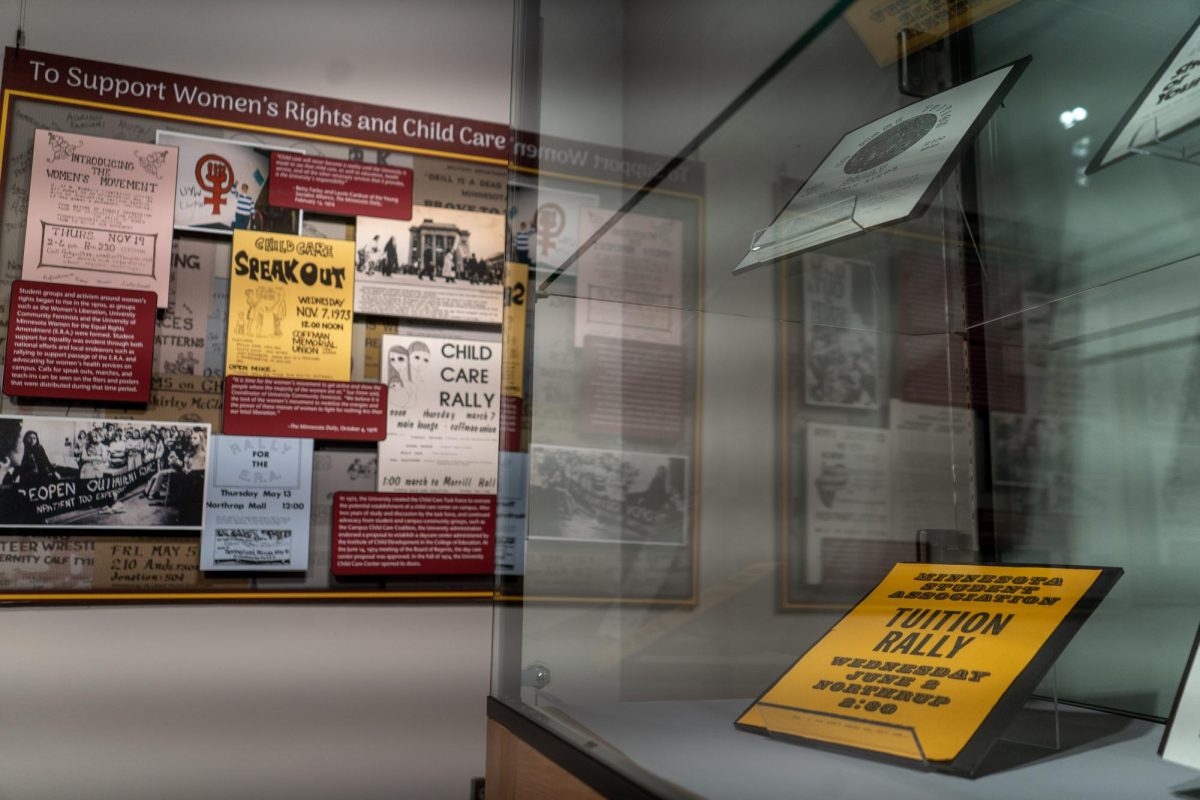
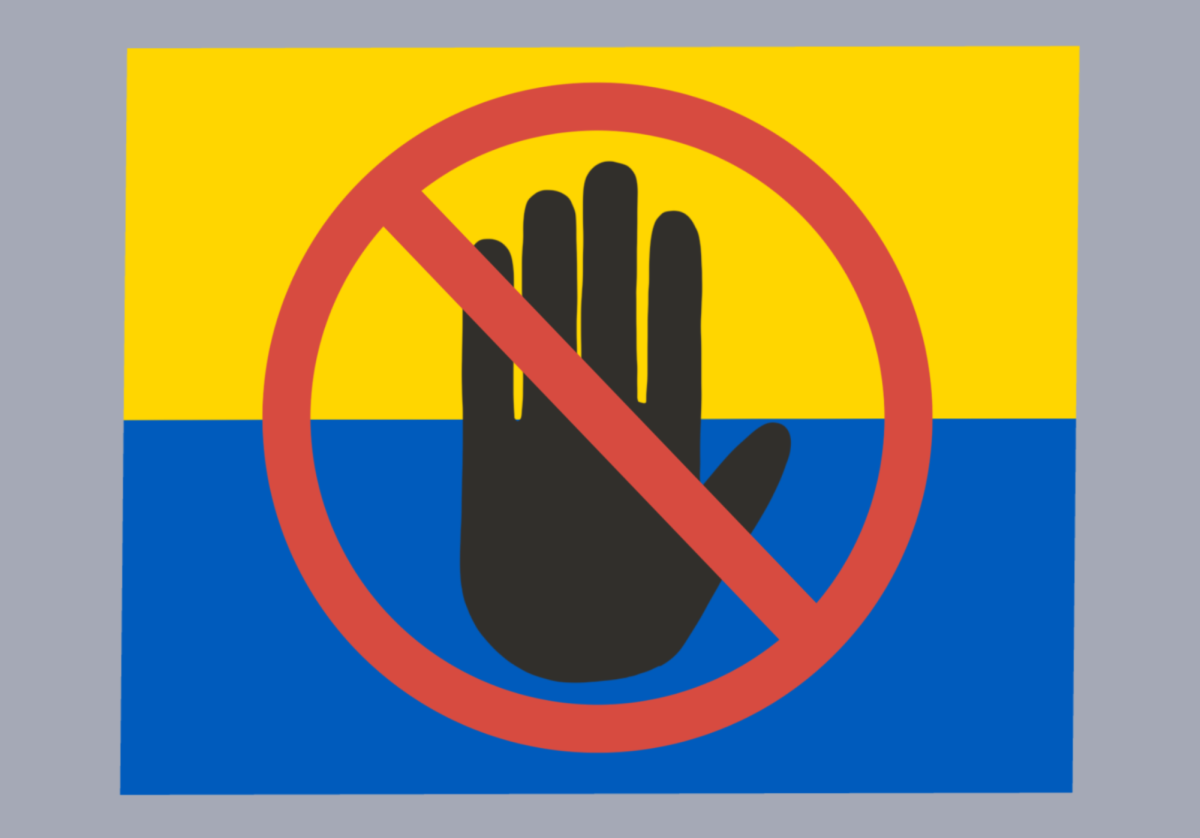
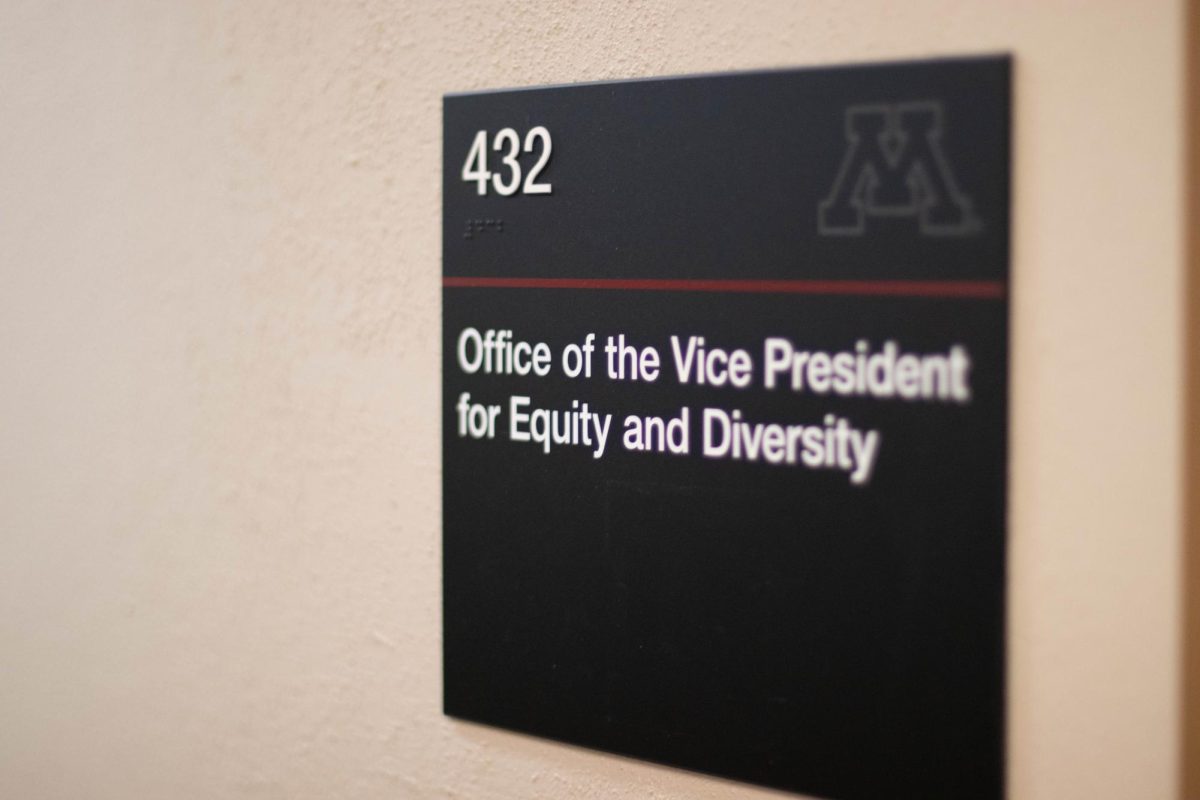




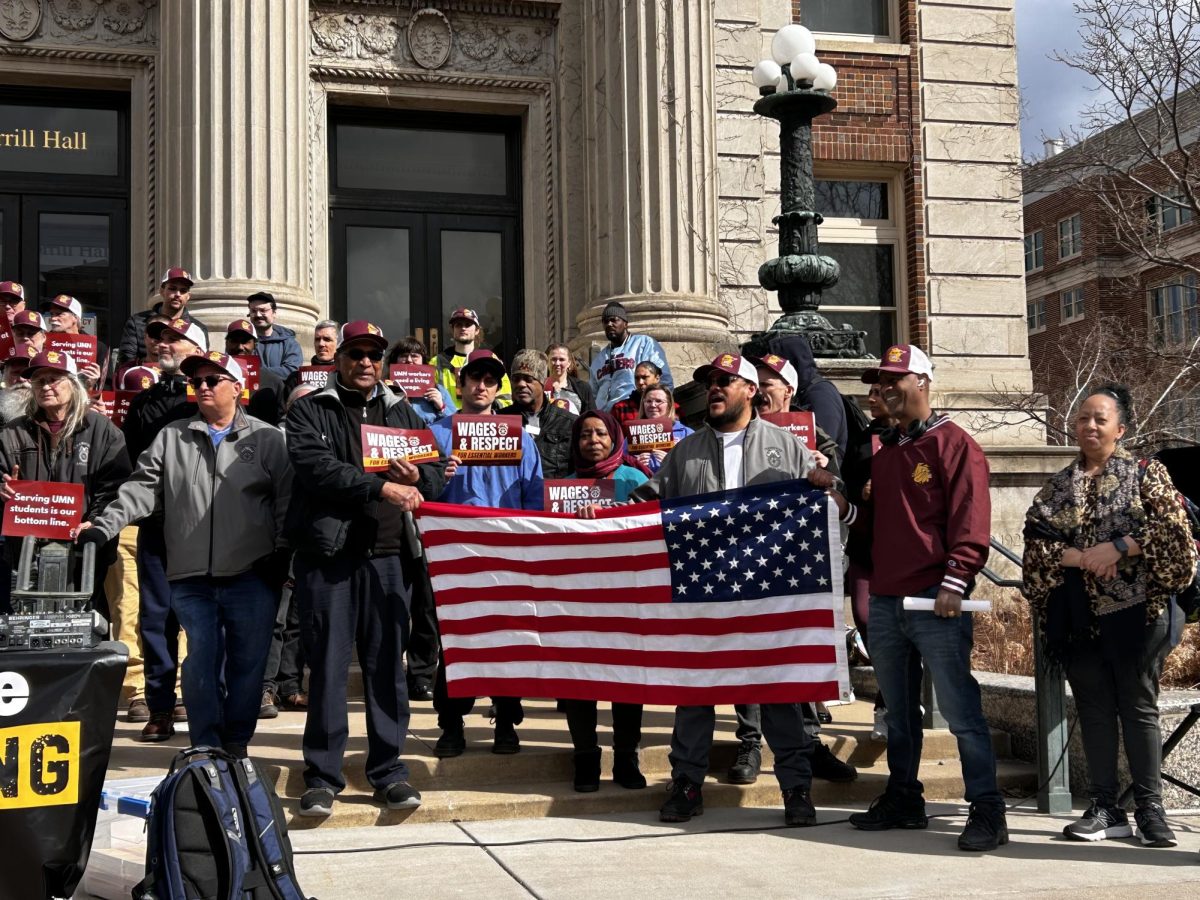
Sam Semanczyk
Mar 18, 2024 at 12:28 pm
With all the naming concerns at the U, perhaps all the buildings should be renamed according to the alphabet. So we simply would have Building A, Building B, etc. Building A would be the oldest building on the Twin Cities campus. B, etc. would be the next oldest.
rename/reclaim
Mar 18, 2024 at 9:02 am
Thank you to the faculty, grad students and undergraduates who contributed to The Coleman Report in 2018 and who faced the wrath of Regents who attempted to defame, insult and arrest them when they presented The Report at a Special Meeting of the BoR in May, 2019.
Extra special thanks to Emeritus Professor John Wright for his scholarship and his authenticity. This is the speech he gave at that May 2019 meeting while surrounded by Regents and UMPD who wanted to arrest him. Professor Wright was surrounded by audience members who were standing between him and UMPD.
Professor John Wright said:
Thank you very much.
This is a extraordinary occasion for me on multiple grounds. One, in part, because I’m in the very last weeks of over 35 years on the faculty of this University, preceded by a decade as a student, an undergraduate and graduate student here from 1963 to 1973. I’ve been on the faculty since 1984.
But I’m part of a family lineage that has ties to this University that go back to 1901, when my grandfather, for whom I am named, engaged in a debate in Bethesda Baptist Church here in the Elliott Park neighborhood of Minneapolis, with three black law graduates of the law school at the University of Minnesota on an issue of moment to the African American community at the time.
And the issue that they debated — they used formal debate procedures in this regard, two teams on each side of the issue they debated. A panel of professional judges, including other University-trained and legal and theological scholars elsewhere. The question they were debating was whether or not the health, welfare and prosperity of the African American community of this country might be best served by the creation of an independent black commonwealth within the United States.
My grandfather and Harvey Burk, again, who graduated from the University Law School in 1908, argued for the affirmative, and McCant Stewart, and Joseph Reid, who also again were graduates of the University Law School, argued in the negative. The debate judges agreed that my grandfather and Harvey Burk had won the debate in formal terms. The audience sided with the negatives in that regard.
The tie between the African American community and this University are long on multiple levels. It’s a rich and very complex and conflictual history. I had the pleasure, and sometimes the pain, to be involved with it for over three generations.
And, in part, that overlaps and exceeds the era of Lotus Coffman, again the longest-serving University president here from 1920 to 1938.
My aunt and my father were members of the very first black student organization on this campus — the Council of Negro students, which began in 1936 here, and which organized primarily to resist the policies that President Coffman and his deans and other administrators put in place to essentially create a Jim Crow set of policies for the interaction of the races on this campus.
My aunt had graduated as the valedictorian of North High class of 1934, and had skipped two grades, was a brilliant mathematician, and who entered this University in what was then called the School of Technology, to later become the Institute of Technology, that I would enter his freshman in 1963. She was one of then only five or six women students in the School of Technology and the only African American student.
She would become one of the presidents of the Council of Negro Students, who address the issues again of the Coffman administration. They do indeed precede the era of the Campus Divide exhibit that professor Riv-Ellen Prell so masterfully orchestrated from which goes from 1930 to 1942. I was one of the faculty advisors on that exhibit, and was proud to do so.
But 15 years before the Campus Divided exhibit, as a member of the reunion committee of the Morrill Hall takeover group, the Afro-American Action Committee, who had occupied Morrill Hall in 1969. We had come together again some 30 years later to address where we were and where the University was at the passage of more than 35 years. One of the things that had not happened was any institutional grappling, again, with the African American presence on this community over those many years.
As a consequence, once of the projects we began, we created a coalition for the study of African American contributions to the University of Minnesota which resulted, in part, in a three-part series, published in the Minnesota alumni magazine in 2002 to 2003. It was divided into three sections. The first section went from the late 19th century, through the World War One era up to the 1920s. The second section focused on 1920 to the early 1940s, the era again that the Campus Divided exhibit deals with. The third section focused on the late 1950s to the era of the Morrill Hall takeover.
In that context, the second section was the first narrative we know, indeed, about the Coffman administration’s Jim Crow policies. The attempt to use Plessy v. Ferguson basically as the legal foundation for Jim Crow policies on campus.
We laid that out in some detail that context, but it had no broad audience. It had no broad audience, I’m afraid. It would take the passage of some time and the broader context in which the Campus Divided exhibit appeared. That is the Craig Steven Wilder book, “Ebony and Ivy.” Right, “Ebony and Ivy,” which began to deal, again, with the implication of American higher education, with slavery and racism on a historic basis. The movement around that spread around this country and beginning with higher education institutions, the Ivy League schools, Brown and Yale and Harvard and Dartmouth and Duke and so on and so forth.
Eventually, that movement to reassess institutional history reached us. We’re late in the process of beginning to grapple with our institutional history and issues of moral culpability of the administrators involved in University policies and practices, official and unofficial — and much what we’re talking about here in this context is unofficial, is unofficial. We’re just beginning to grapple with it. I think it’s a marvelous educational opportunity for our students to wrestle with the meanings of public history, with all the myriad forces at work: psychological, political and otherwise in human relations, whether it’s on campuses or off. And on the role of officials’ responsibility — responsible for the conduct of higher education, training of young people.
One of the things that the Campus Divided exhibit generated, of course was the issue with the culpability of the four administrators, alright, whose names are on the buildings in question here. One of the ironies and that, again I served on Dean Coleman’s preliminary committee before the task force was formed to at least set the stage for the proper enterprise, but one of the things that they came out in the process, in terms of building names and issues of naming: Lotus Coffman himself did not believe in naming buildings after people. He believed they ought to have functional names. So to some extent, in his case at least, we’re engaged in a kind of a strangely ironic enterprise, in opposition to his own expressed and documented preferences.
But the issue of his culpability here goes beyond that of the regent’s statement of 1935. One of the primary sources for understanding the issues we’re dealing with right now has been on the periphery of all the institutional efforts to deal with the history of race relations on this campus, and that is the voices, the experiences, documented and otherwise of people of color, African Americans in particular. The single best source of information on the African American life on this campus, on the policies of the University administration, of positions of the regents and so forth, is not in the University archives. It’s in the archives of the black press, the eight to 10 different African American newspapers and magazines from the late 19th century onward, who devoted great energy to dealing with these issues, in part because higher education was a central concern for African American communities. It was one of the major tools to battle the forces of white supremacy at large, institutional racism and so forth. Black press played immense attention to higher education. If you go to the [Minnesota] Historical Society and pull out the index of black newspapers, and only a partial index still exists, there’s a listing of at least 150 items about the University of Minnesota, not just in Minneapolis Spokesman, which is alluded to here, but in Western Appeal, in John Quincy Adams’s Western Appeal, the Twin City Herald. I could go on and on and on.
And the portrait of life on this campus and University policies that would come out of a close examination of those workings of the black press, those primary sources documents, well, the advisory task force here is gentle by comparison. Is gentle by comparison. And the case of Lotus Coffman hinging his moral culpability and his institutional integrity on the 1935 regents’ statement that presumably makes him simply a servant of their broader wishes, looking back to the decade these issues were there, being dealt with in the black press in 1925. And there were no Board of Regents’ resolutions or support for Coffman’s actions and documented resistance to black students living in the dormitories in 1925. So there’s a great deal of work to be done, in this regard.
And some of the commentary I’ve seen stemming from the press or comments of regents, who acted or otherwise about these things, the fear of erasing history. The history of Lotus Coffman and and Nicholson and Coffey is not going to be erased. That’s not what ultimately is an issue, it’s an issue of honor and institutional integrity, and no one has a permanent lease on honor.
Every day we deal, if not just on campus, but in the country at large, with people whose past has come back to haunt them. People who’ve been in positions of honor in public life and higher education and elsewhere, alright, but who, when the truth about the deeds of the past, are no longer deserving of place of honor. An enduring place of honor. That’s what the bottom issue is here. This isn’t about naming.
I am one, who again, as an advisor to the Dean Coleman report, argued very strongly that the real emphasis ultimately has to be going beyond naming. To all those issues in the present, that have led student groups and people from off campus to stage protests on this campus. They tried to sit in President Kaler’s office, and so on. And these from students who have very little understanding of our institutional history. But who are dealing with the issues of now, the present. And so that issue is we’re ultimately all of this has to go. At the same time that we have an obligation, if we are seriously interested in the values and virtues of higher education and helping students understand, alright, critical thinking, the processes of historical research and investigation and interpretation.
One of the early homilies that I picked up about history is attributed to Mark Twain, and the source remains in dispute and so forth.
It was the notion that history may not repeat itself, but it does rhyme. History may not repeat itself but it does rhyme. And we may not be repeating history here today. But there certainly are rhymes here from the issues of this institution. And its inability to deal with its history from the past, from 80 years ago.
The questions about the anti-Semitism and Jim Crow policies on this campus have been known in the African American and Jewish communities of in this region for 80 years. These things were front page stories in the black press. But in part because this institution, the larger society can conspire to keep black folks, as Ralph Ellison would say, invisible. And our voices and attitudes and outlooks, and deep faith in democracy, and educational democracy.
One of the things that W. E. B. Du Bois argued, very early on, was that the gifts that black folks have given America is a vision of democracy, greater than that the so-called Founding Fathers articulated, beyond what they could conceive. The struggle to expand democracy and the vision of democracy has always been the core issues in this country, the health of our democracy, now and in the future depends on it.
So regardless what the board decides in this regard, I think we’ve accomplished a great deal. Alright. The Campus Divided exhibit did more than we were able to do 15 years earlier [in our efforts to outline] the history of the black press on this campus. And now, the conspiracy of silence that’s kept this institution history out of mind and out of the province of our institutional policies and practices. That’s over. These documents are now global property, global intellectual properties and regardless what this board decides, we will continue to wrestle with these things are in the future.
So I hope again that those regents who want to pursue their own investigative enterprises as either a counterpoint or compliments to the heroic work of the task force here, will do so in this kind of spirit and in a way that will provide us with some new sources of honor going forward as we grapple try to grapple again with a past that is and will remain contentious, tumultuous and never a static backdrop.
So I know I’ve exceeded my 10 minutes, but perhaps one of the things I’m doing here, I’m speaking again for for generations of African Americans for whom the policies of the Coffman era provided a chilling effect on this institution. And that drove many, many black families, hundreds, perhaps thousands of black families to not send their children to the state-supported, public land-grant University, but to send them instead to the historically black colleges and universities in the south, to elsewhere in the east or north or so on. The faith African Americans communities, the faith in education, the power of education is legendary in that regard.
And black parents wanted to send their children to this university to be educated, not to be isolated, not to be segregated, not to be humiliated, or insulted as those policies did.
So, I, again, I grew up hearing stories from from my from my parents from their peers, again, who were here in the 1920s and the 1930s and the 1940s. I was too young, again, to have a sophisticated grasp of those things. It’s taken, again, my own maturation and my own professional work as a scholar to give me some new perspectives on all of that.
And I think there’s much to be shared, and I hope going forward, again, whatever this board decides, is that we will have a constructive and a collaborative step forward into the future.
Thank you.